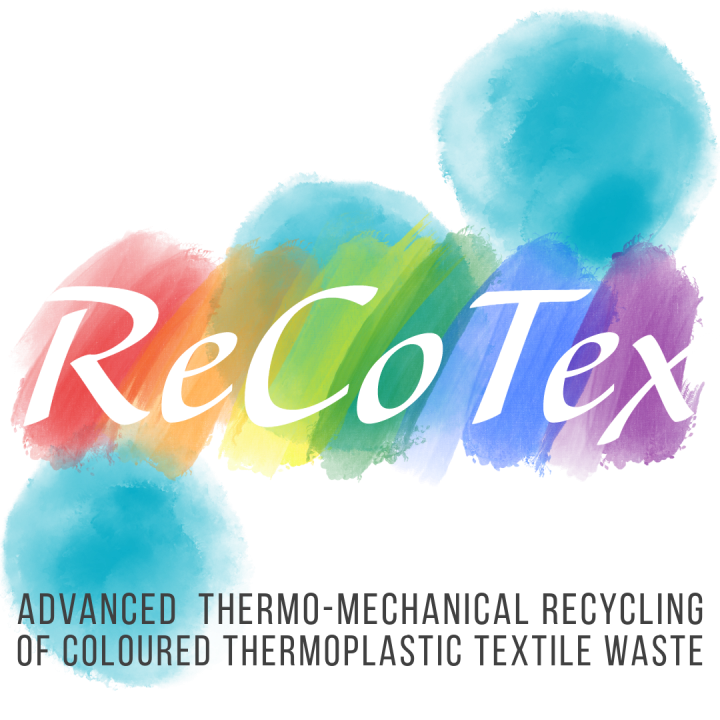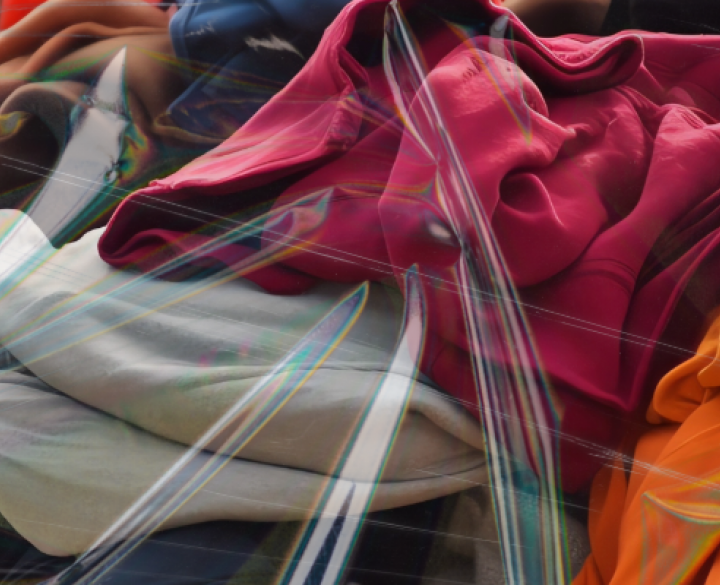The project's analytic evaluation primarily focuses on assessing the mechanical characteristics, durability, and colour management of recycled fibres, yarns, and textiles. This includes evaluating factors such as tensile strength, behaviour towards washing, abrasion, and light, as well as predicting the achievable colour range of the waste stream. The ability to accurately predict colour range is crucial for ensuring the desired colour evenness and matching in the recycling process.
With synthetic fibres like polyester, polyamide, and polypropylene dominating the textile fibre market, it is crucial to explore new methods of recycling and reusing thermoplastic waste streams that have not been utilized before.
Although thermo-mechanical recycling has been successfully used for recycling certain thermoplastic waste streams like polyethylene terephthalate from bottles into fleece, it has not been widely adopted for textile fibre-to-fibre recycling.
The EU is urging the transition to a "textile-to-textile" recycling model, but the challenge lies in dealing with coloured textile waste.
CURRENTLY, THE REMOVAL OF COLORANTS IS A COMPLEX ISSUE THAT IS PRIMARILY TACKLED THROUGH RESOURCE-INTENSIVE CHEMICAL RECYCLING METHODS, AND A SOLUTION ON AN INDUSTRIAL SCALE IS YET TO BE FOUND.
Aims
The ReCoTex project aims to boost the recycling rate of coloured synthetic textile waste, particularly waste that is currently not recycled into high-value fibre materials due to their colour and instead used as fuel. To achieve this, two approaches are being taken:
Development of a new thermo-mechanical recycling method (coextrusion)
This approach involves the utilization of coextrusion through bicomponent (bico) melt extrusion technology. This method entails encapsulating the coloured waste material within a core component of virgin plastic or light-coloured recycled plastic. The potential of bico fibers is thoroughly examined to determine the optimal combination of recycled and virgin materials, with the aim of maximizing the proportion of recycled material in the fibrer without compromising its dyeability or required properties.
TO DEMONSTRATE THE WIDE RANGE OF APPLICATIONS FOR RECYCLED BICO FIBRES, DYEING AND PRINTING PROCESSES WILL BE ESTABLISHED FOR THESE FIBRES AND TEXTILES MADE FROM THEM, USING VARIOUS REPRESENTATIVE DYE TYPES.
Conducting research to understand the impact of colorants and dyeing processes on the recyclability of these materials
In this approach, a deeper understanding is gained regarding how different dyes impact the recyclability of the material. This includes assessing colour changes, stability, and fibre quality during the thermo-mechanical recycling process. Additionally, a design-for-recycling perspective is taken into consideration when utilizing dyestuffs in fibre and textile production.
THIS APPROACH AIMS TO ENHANCE THE RECYCLABILITY OF THE MATERIAL WHILE MAINTAINING ITS DESIRED PROPERTIES AND QUALITY.

By developing a new manufacturing process for high-quality fibres that can be dyed in any colour, the project opens up a valuable market for companies dealing with coloured thermoplastic waste materials. This innovation also helps alleviate the demand for rPET from bottles and provides textile fibre producers with more diverse sourcing options for recycled fibers.
The beneficiaries of the project's outcomes are represented by members of the user committee (UC), which includes fibre producing companies, textile fabric producers, and manufacturers of textile end products. These beneficiaries operate in various sectors such as technical textiles, workwear, protective clothing, interior textiles (e.g., carpeting, mattresses), advertising & digital printing (e.g., banners and flags), as well as spinning machine and recycling plant manufacturers.
Partners
Research will be performed by Centexbel (Belgium) and Hochschule Niederrhein FTB (Germany), supported by FKT (association of the German textile and fashion industry).
Financing
Cornet project, financed by VLAIO (Flanders) and AIF (Germany)







